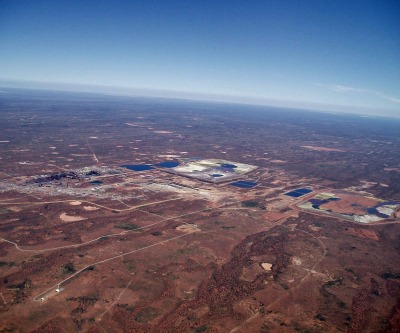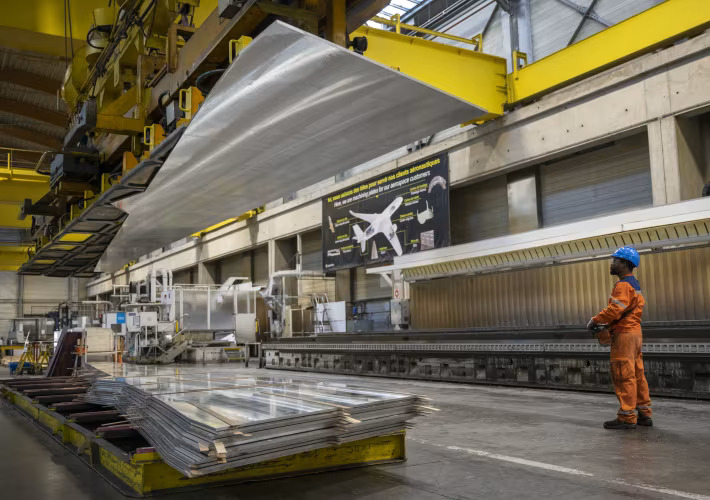Fresh doubts over Olympic Dam as BHP freezes hiring

Fresh doubts have emerged over world number one miner BHP Billiton’s (LON/ASX/NYSE:BHP) planned $30 billion expansion of the Olympic Dam copper-uranium-gold-silver mine in South Australia.
BHP’s board was to make a decision on the project this year, but the Australian reported on Saturday a consultant report on the project it has obtained indicates a decision will not be made until 2014.
The paper said BHP’s uranium division “confirmed the deferral and said a recruitment freeze was now in place”.
Doubts first emerged a couple of months back when BHP told markets of its intention to cut back a $80 billion capex programme. A JP Morgan research note out in June also suggested Olympic Dam will not go ahead “for at least three or four years, if at all”.
Last month BHP bought additional exploration plots near Olympic Dam bringing the money spent by the miner to increase the footprint of the project this year to more than $20 million.
BHP has already received government approval for the mammoth $30 billion expansion and also has a long-term labour agreement in place at the existing operations.
The ambitious project in South Australia’s outback would be the world’s biggest open pit and also include the construction of 270km of powerlines, a 400 km pipeline, a new desalination plant and a 105km railway.
The planned open pit mine would be adjacent to the current Olympic Dam underground operation and would exploit what is likely the world’s largest uranium deposit and possibly the fourth largest copper and gold resource on the planet.
According to BHP the project would require a construction workforce averaging 4,000, with a peak of about 6,000 people until full production is reached and long-term a doubling of the existing operational workforce to 8,000. The worker village is being expanded to cater for 10,000 and building has already begun on a new airstrip capable of handling 737 aircraft.
An idea of the olympian effort required to construct the mine and the size of the undertaking is clear from the fact that trucks will haul the 350 metre thick layer overburden 24/7 for five to six years just to reach the ore body. The rock storage facility would cover approximately 6,720 hectares, and it would eventually be about 150 metres high.
The combined operations would mine 72 Mt ore per year and would produce 750,000 tonnes refined copper, 19,000 tonnes uranium oxide, 800,000 gold ounces and 2.9 Moz of silver per year.
{{ commodity.name }}
{{ post.title }}
{{ post.date }}




Comments